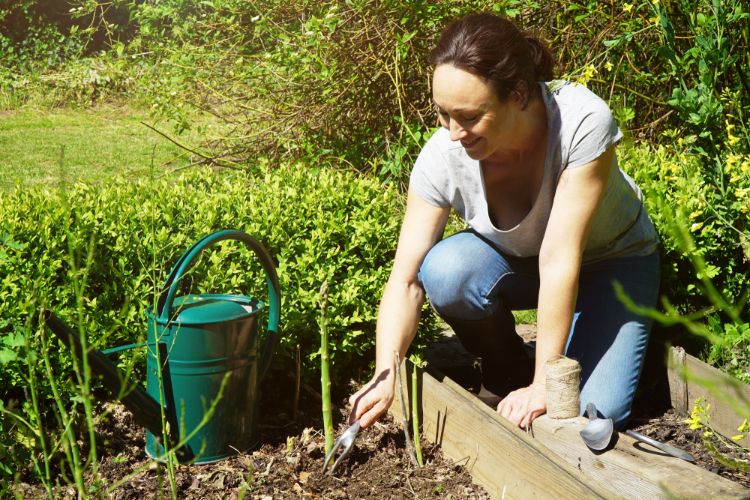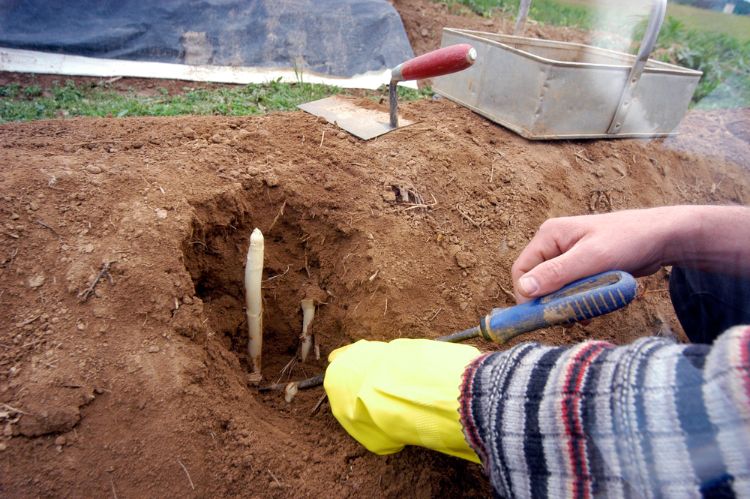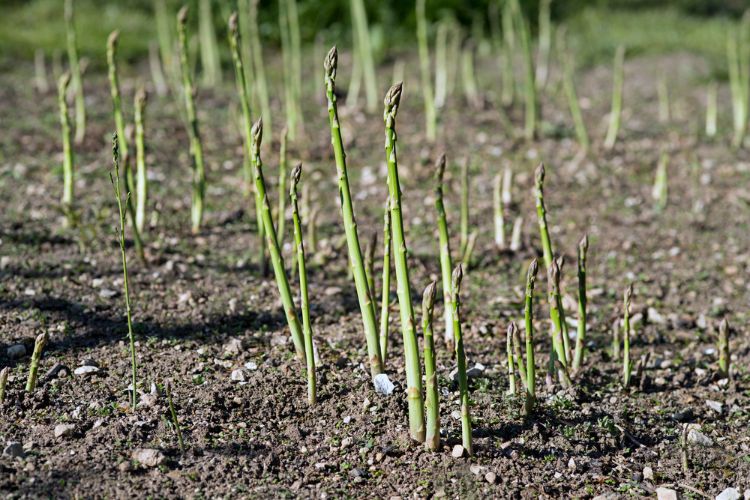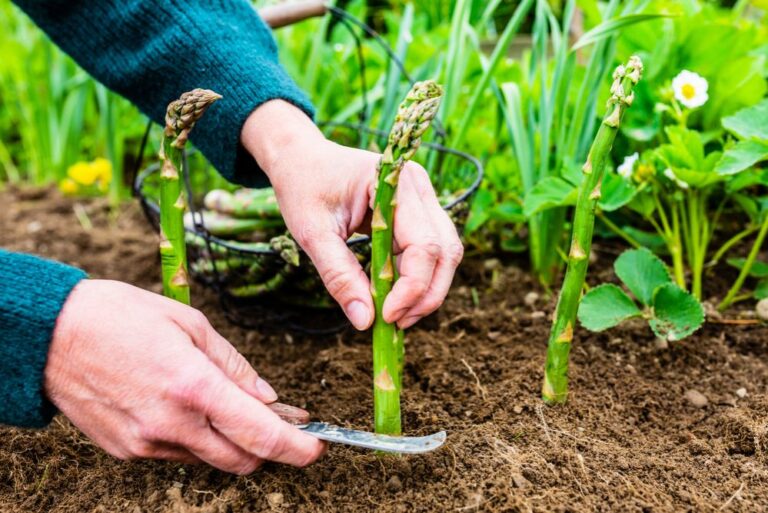Asparagus is a perennial vegetable that, with proper care, can provide fresh, flavorful harvests for 20 years or more. Establishing a thriving asparagus bed requires patience and attention, but the long-term rewards are well worth the effort. Here are nine essential tips to help you cultivate a productive asparagus patch:
-
Select the Ideal Location
Choose a sunny spot in your garden where the asparagus can grow undisturbed for years. Ensure the area has well-draining soil to prevent root rot, as asparagus roots are susceptible to waterlogged conditions. The soil should be loosened to a depth of 12 to 15 inches to accommodate the deep root system.

-
Prepare the Soil
Asparagus thrives in neutral to slightly acidic soil with a pH between 6.5 and 7.5. Conduct a soil test to determine the pH and nutrient levels. Amend the soil with compost or aged manure to improve fertility and structure. Adding phosphorus-rich amendments like bone meal can promote strong root development.
-
Choose Between Seeds and Crowns
Decide whether to start your asparagus from seeds or crowns (dormant root systems). Growing from seeds is cost-effective but requires an additional year before harvesting. Starting with one-year-old crowns accelerates the process, allowing for earlier yields.

-
Planting Seeds Indoors
If opting for seeds, begin indoors in late winter or early spring. Soak the seeds in water for a few hours to enhance germination. Plant them in pots filled with sterile soil, covering lightly with sand. Maintain a temperature between 70°F and 85°F, and ensure the seedlings receive ample light.
-
Transplanting Seedlings
After approximately three months, once the risk of frost has passed, transplant the seedlings outdoors. Space them about 18 inches apart in rows that are 4 feet apart. Water them lightly once per week, allowing them to grow throughout the summer. In the fall, trim back the foliage to prepare for the next growing season.
-
Planting Crowns
For those choosing crowns, early spring is the ideal time for planting. Dig trenches 6 to 8 inches deep and 12 to 18 inches wide. Create small mounds of loose soil at the bottom of the trench, spacing them 18 inches apart. Place each crown atop a mound, spreading the roots down the sides, and cover with 2 inches of soil. As the spears grow, gradually fill in the trench with soil, leaving the tips exposed.

-
Watering and Maintenance
Keep the asparagus bed consistently moist but not waterlogged. Watering once a week is typically sufficient. Mulching around the plants can help retain moisture and suppress weeds, which is crucial since asparagus does not compete well with weeds. Regularly remove any invasive plants to maintain a healthy bed.
-
Fertilizing
Asparagus is a heavy feeder. Apply a balanced fertilizer in the spring as spears begin to emerge and again after the final harvest in early summer. Top-dressing with compost or aged manure annually can also provide essential nutrients.
-
Harvesting Guidelines
Patience is key with asparagus. Refrain from harvesting any spears during the first two years to allow the plants to establish a robust root system. In the third year, harvest spears that are about 8 inches tall by snapping or cutting them at ground level. Limit the harvest period to 4 weeks initially, extending it in subsequent years as the plants mature.
By following these guidelines, you can establish an asparagus bed that yields delicious and nutritious spears for decades, making it a worthwhile addition to any home garden.
